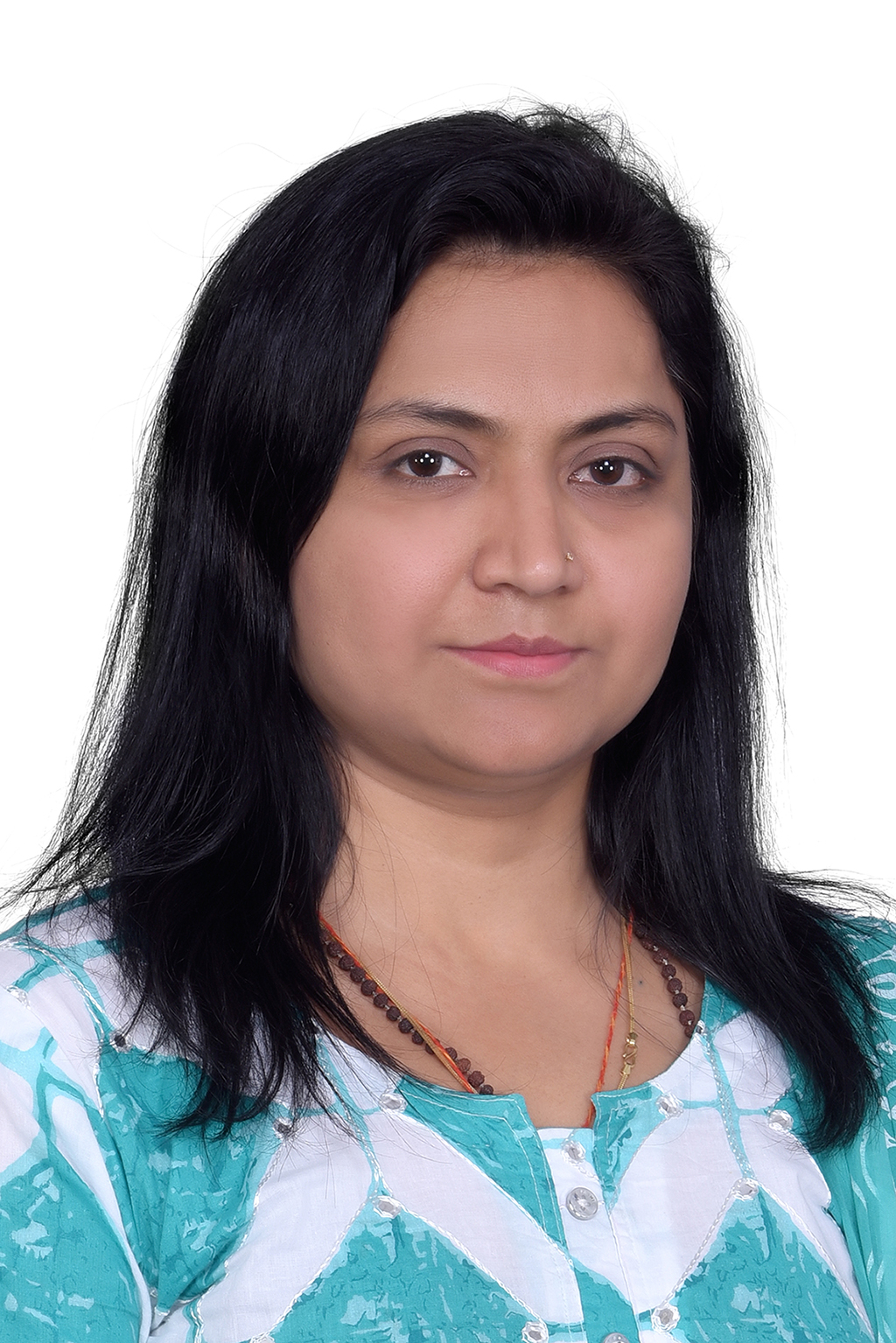Profile
Dr. Singh is an internationally recognised scholar in the field of Development and Stem Cell biology. She received her Ph.D. from Hannover Medical School, Germany in “Molecular Medicine”. During her PhD research and postdoctoral training in Germany and Australia, she made seminal contributions to the field of biological sciences and published her discoveries in leading journals, including Circulation Research, Cellular and Molecular Life Sciences, Nature Cell Biology, Cell, Elife and STEM CELLS Translational Medicine. Before moving to DBT-inSTEM, she worked as a research-focused academic / Lecturer at the School of Medical Sciences-Physiology, The University of Sydney, Australia. She has been successful in attracting generous funding from Philanthropic partners and peer-reviewed competitive research grants. She is recognised as one of the Rising Stars and Future Leaders in Type 1 Diabetes research- JDRF and Macquarie Foundation Australia. Dr Singh has disseminated her research outputs on various national and international scientific forums and podcasts as an invited speaker. She contributes to the scientific community by teaching students, reviewing papers for journals, organising and chairing conference sessions, workshops, outreach programs and stakeholders' engagement.
Current Focus Areas
1. We are investigating the genetics and metabolic conditions which leads to cardiovascular defects in newborns. 2. We develop and utilize physiologically relevant human pluripotent stem cell-derived 3-D organoids for understanding the pathophysiology of diabetes and complications, drug discovery, repurposing and proof-of-concept studies for potential cell replacement therapies in diabetes.
Selected Publications
Singh R# et. al., 2021. Enhanced structure and function of human pluripotent stem cell-derived beta-cells cultured on extracellular matrix. STEM CELLS Translational Medicine 10, 492-505, doi:10.1002/sctm.20-0224. (# sole corresponding author). Impact Factor 7, Citations 24, Journal cover. Zamir L#, Singh R# et. al. 2017. Nkx2.5 marks angioblasts that contribute to hemogenic endothelium of the endocardium and dorsal aorta. Elife 6, doi:10.7554/eLife.20994 (# co-first author). Impact Factor 8.14, Citations 32. Paffett-Lugassy N, Singh R, et.al. 2013. Nature Cell Biology 2013 doi.org/10.1038/ncb2862. Heart field origin of great vessel precursors relies on nkx2.5-mediated vasculogenesis. We demonstrated the highly plastic nature of Nkx2-5 expressing progenitors and their contributions to previously unrecognised vascular organs such as dorsal aorta. Nature Cell Biology 15, 1362-1369, doi:10.1038/ncb2862. Impact Factor 28.82, Citations 75. Singh R et. al. 2012. Tbx2 and Tbx3 induce atrioventricular myocardial development and endocardial cushion formation. Cellular and Molecular Life Sciences 69, 1377-1389, doi:10.1007/s00018-011-0884-2. Impact Factor 9.26, Citations 160. Singh R et. al. 2009. Tbx20 interacts with smads to confine tbx2 expression to the atrioventricular canal. Circulation Research 105, 442-452, doi:10.1161/circresaha.109.196063. Impact Factor 23.2, Citations 130.
